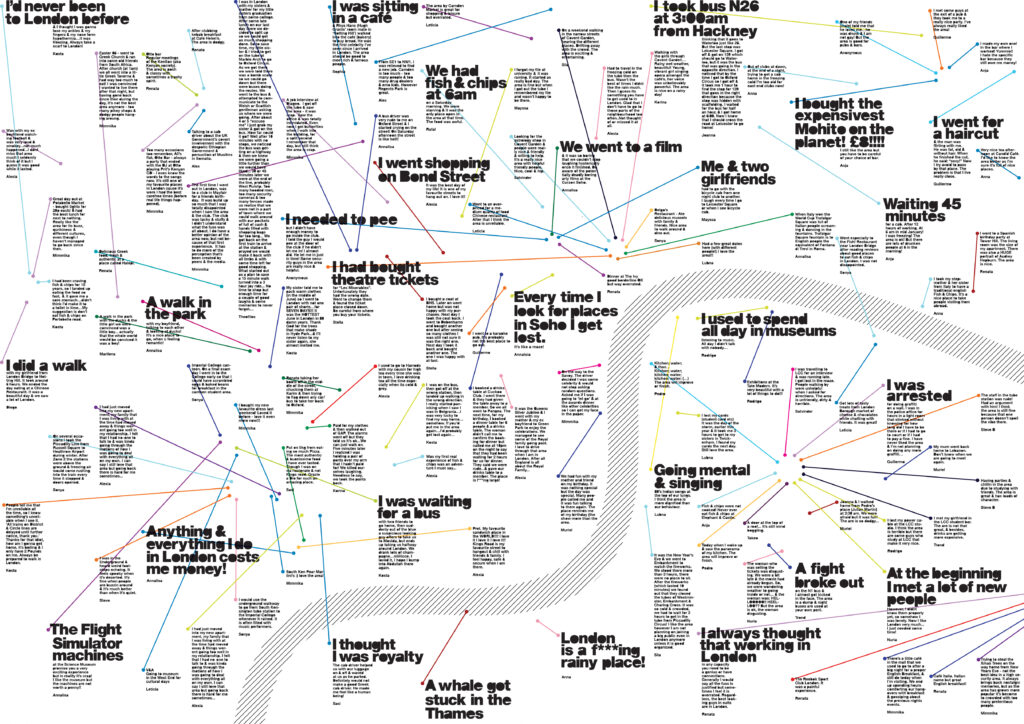
In the dynamic sphere of urban planning, the concept of “15-minute cities” has gained significant attention as a transformative approach to city design and development. The recent article by The Times featuring Hugh Petter, a prominent figure in architecture and urbanism, delves into the potential of this model to reshape how urban spaces are structured, emphasizing accessibility, sustainability, and community cohesion. This review explores the essence of Petter’s argument, highlights the main points of the original piece, and provides insights into the wider implications for urban leaders and city planners.
The Times article outlines the central premise of the 15-minute city model, which aims to design urban environments where all essential services—such as work, education, healthcare, and recreation—are reachable within a 15-minute walk or bike ride from any given point. Hugh Petter argues that this concept not only fosters more sustainable living but also enhances community bonds and reduces reliance on car travel, thereby lowering carbon emissions and improving quality of life.
The piece touches on historical parallels, comparing the 15-minute city to traditional European town layouts that prioritized compact, human-centric spaces. Petter champions this model as a response to contemporary challenges like urban sprawl, traffic congestion, and environmental degradation. Additionally, the article addresses potential criticisms, such as the feasibility of retrofitting existing cities to fit this paradigm and balancing the needs of diverse populations.
Petter’s advocacy for 15-minute cities is more than a nostalgic nod to urban traditions—it represents a blueprint for future cities that prioritize human-scale development over car-dependent growth. This approach resonates with urbanists and city planners facing the urgent need to integrate sustainability with livability. The emphasis on proximity and reduced travel reflects a shift towards more localized economies and stronger neighborhood identities, potentially leading to healthier, more engaged communities.
Yet, while the idea is compelling, it invites practical questions about implementation, particularly in sprawling metropolises with entrenched infrastructure geared towards vehicle travel. Retrofitting cities like Los Angeles or even sections of London to this model would require not just visionary planning but substantial investment in public infrastructure, zoning reforms, and a cultural shift towards embracing alternative transportation.
Moreover, the success of such urban redesigns relies on comprehensive collaboration between government bodies, private developers, and residents. Petter’s vision suggests a holistic approach—aligning transportation, residential zoning, and commercial activities into cohesive neighborhoods—that resonates with principles of sustainable urban growth discussed in global urban planning circles.
The push for 15-minute cities aligns with trends seen in other forward-thinking urban movements, such as Barcelona’s “superblocks,” which limit vehicle traffic to reclaim public space, and Paris’s plans under Mayor Anne Hidalgo to enhance walkability and reduce emissions. These initiatives collectively indicate a global pivot towards prioritizing the pedestrian experience and reducing environmental impacts. It also echoes the principles of “new urbanism,” which promote walkable, mixed-use communities as a counter to suburban sprawl.
Critics might argue that the 15-minute city is an idealistic vision, achievable only in affluent areas or new developments. However, Petter’s analysis highlights that incremental steps—such as expanding cycling infrastructure and diversifying local services—can guide existing cities toward this model.
Hugh Petter’s exploration of the 15-minute city concept serves as a reminder of the fundamental goal of urban planning: to create spaces that support well-being, connectivity, and sustainability. While challenges remain in applying this model universally, it offers an inspiring framework for urban leaders and planners to reconsider how cities are built and inhabited. For readers interested in reshaping urban life to be more inclusive and community-centric, the 15-minute city stands as a promising vision worth pursuing. For more insights, visit The Times article.

